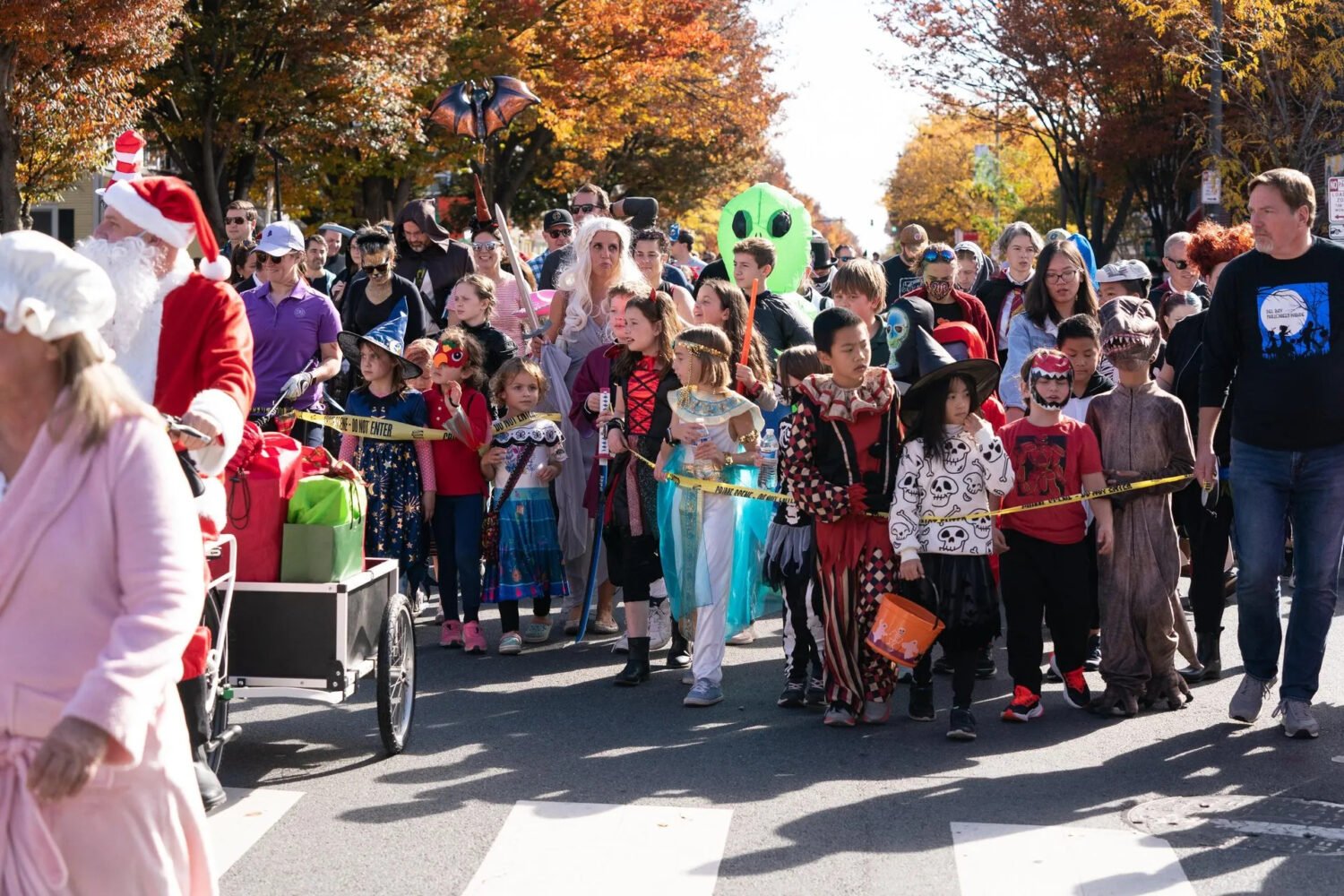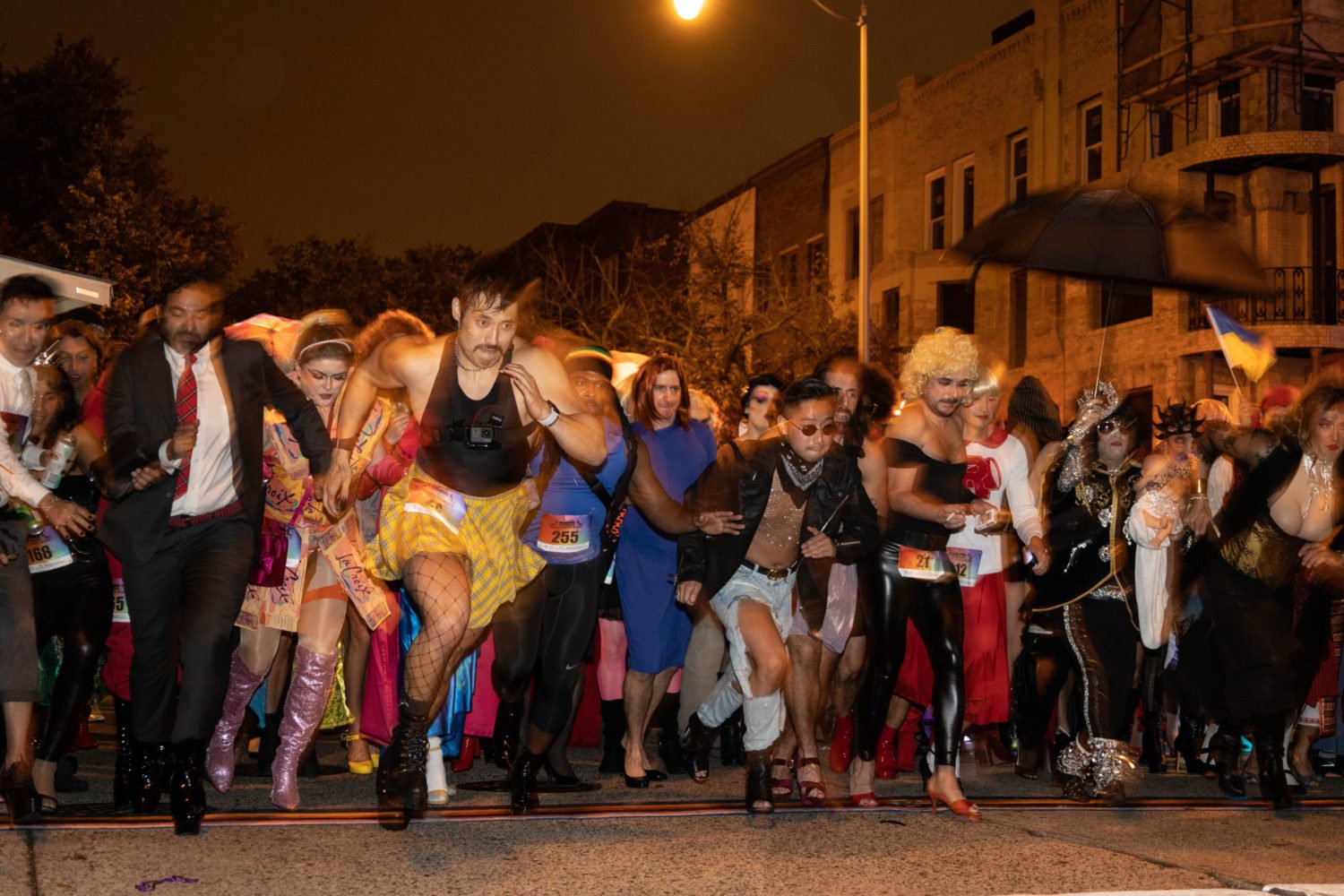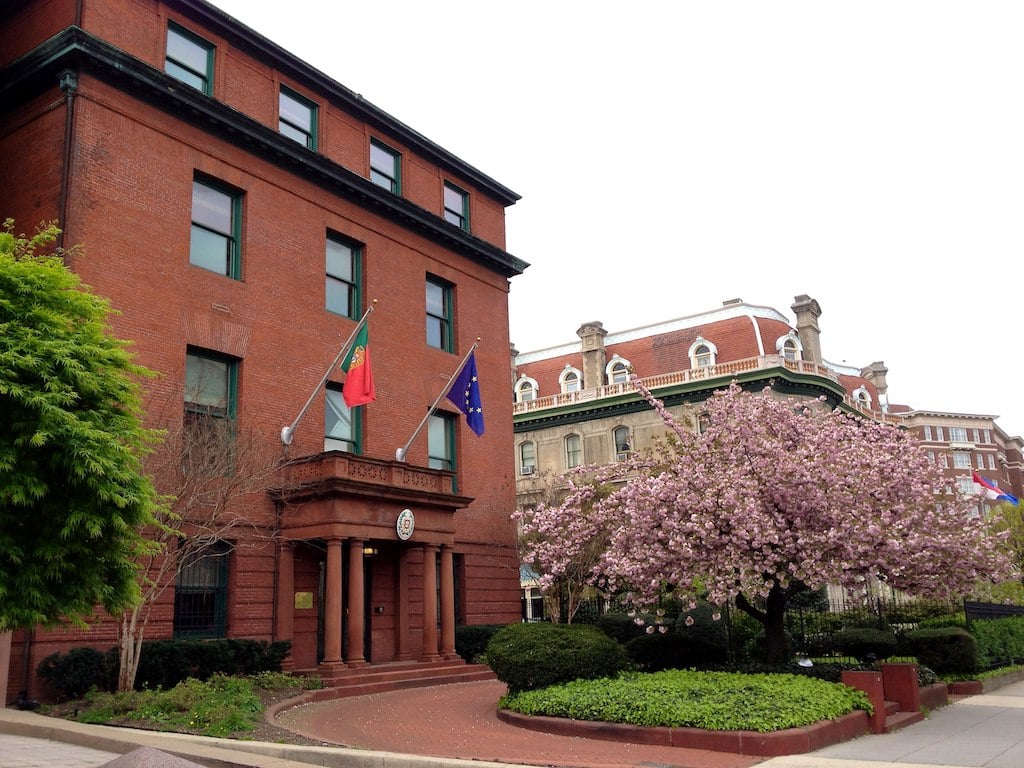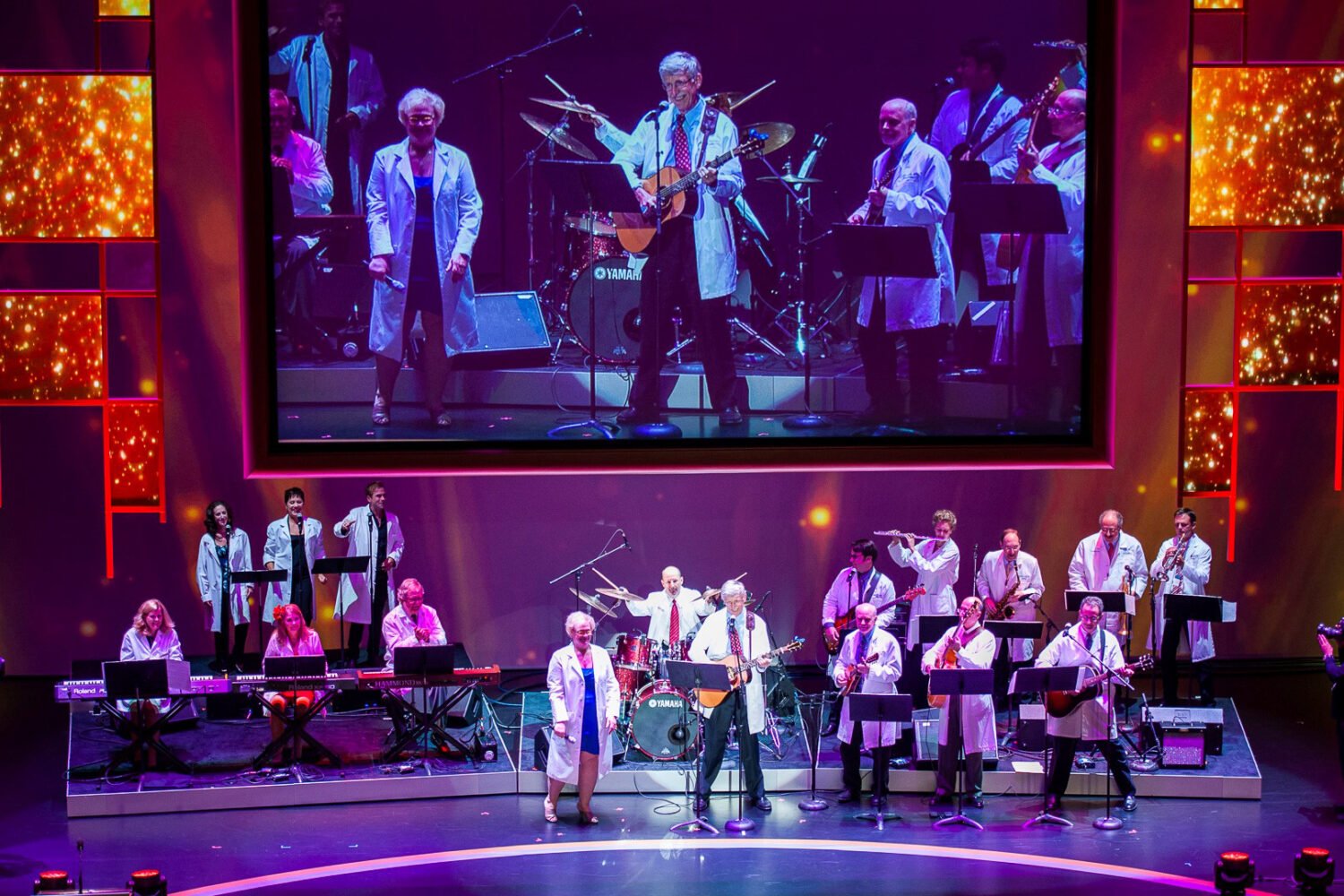
Each of the works the National Symphony Orchestra will perform this weekend explores
some aspect of love. Three of the four are fairly well known—the “Prelude and Liebestod”
from Wagner’s
Tristan und Isolde, Tchaikovsky’s
Romeo and Juliet Overture-Fantasy, and the same composer’s tone poem
Francesca da Rimini. The work you may not be familiar with, however—Peter Lieberson’s
Neruda Songs, to be sung by mezzo-soprano
Kelley O’Connor—just might be the highlight of conductor
Christoph Eschenbach’s program.
In 1997, barely a month after falling in love with the mezzo-soprano Lorraine Hunt,
Peter Lieberson happened upon a copy of Pablo Neruda’s
100 Love Sonnets. At once seduced by the poems, he soon began setting five of them to music. They
were ideal works for a composer in love, and in Lorraine Hunt, Lieberson had the ideal
interpreter of his music. After all, hers was a singular voice, intense, powerful,
lyrical, and intelligent. The two of them married in 1999, and six years later, she
sang the premiere of the
Neruda Songs. She also recorded the work, with
James Levine and the Boston Symphony. That CD was the kind of thing people were constantly recommending,
though not without a certain selfish hesitation; like an explorer who’d happened upon
some magical far-off place, you wanted to be the only one in the know, if only for
a little while.
On July 3, 2006, Lorraine Hunt Lieberson died following a long fight with breast cancer.
And soon after, Peter Lieberson was diagnosed with lymphoma. He died last year at
the age of 64. The
Neruda Songs, then, radiant and haunting and almost unbearably beautiful, are an epitaph for their
intense love, for a life shared. These are love songs, but how can we not hear them
now without a sense of foreboding?
The songs are alternately lush and spare, both languorous and rhythmically driven.
The vocal writing is so evocative throughout that you hear the full range of human
emotion: anguish, fear, elation, vulnerability, passion. The voice swirls upward,
helix-like, in the second song (“the clouds ascended the tower of the sky. . . .”),
then descends in the third song to painful, somber depths, when the poet wonders if
his beloved will return or leave him to die alone. (The repetition of the final word,
muriendo—“dying”—is nearly too much to bear).
Some critics have likened the
Neruda Songs to Richard Strauss’s
Four Last Songs, a valid comparison, and not just because of the valedictory feeling of resignation.
There are other influences, too—Alban Berg, Manuel de Falla, and perhaps most of all,
Gustav Mahler. At the end of the last song (“My love, if I die and you don’t”)—music
that is steeped in an unearthly calm—the singer intones the word amor (“love”) three
times. This isn’t in Neruda’s text, but I’m certain that Lieberson had in mind Mahler’s
Song of the Earth, which also ends with an ethereal repetition, of the word
ewig, meaning “forever.” The implication is that true love really has no end even after
the body dies; it can live on forever in some other realm, peaceful, beautiful, and
serene.
O’Connor first performed these songs with
Bernard Haitink and the Chicago Symphony, and she has since made them her own. (Her recent recording
of them is impressive indeed.) It’s the mark of the work’s enduring nature, I think,
that despite being associated with one artist, it should so enthusiastically—and successfully—be
taken up by another.
The National Symphony Orchestra performs the Neruda Songs,
as well as works by Wagner and Tchaikovsky, October 4 through 6 at the Kennedy Center
Concert Hall. Tickets ($10 to $85) are available through the orchestra’s website.















